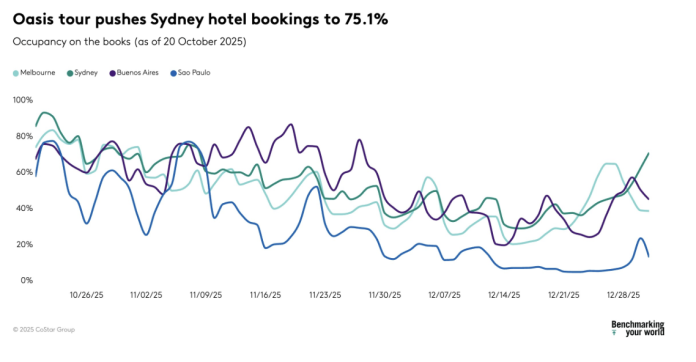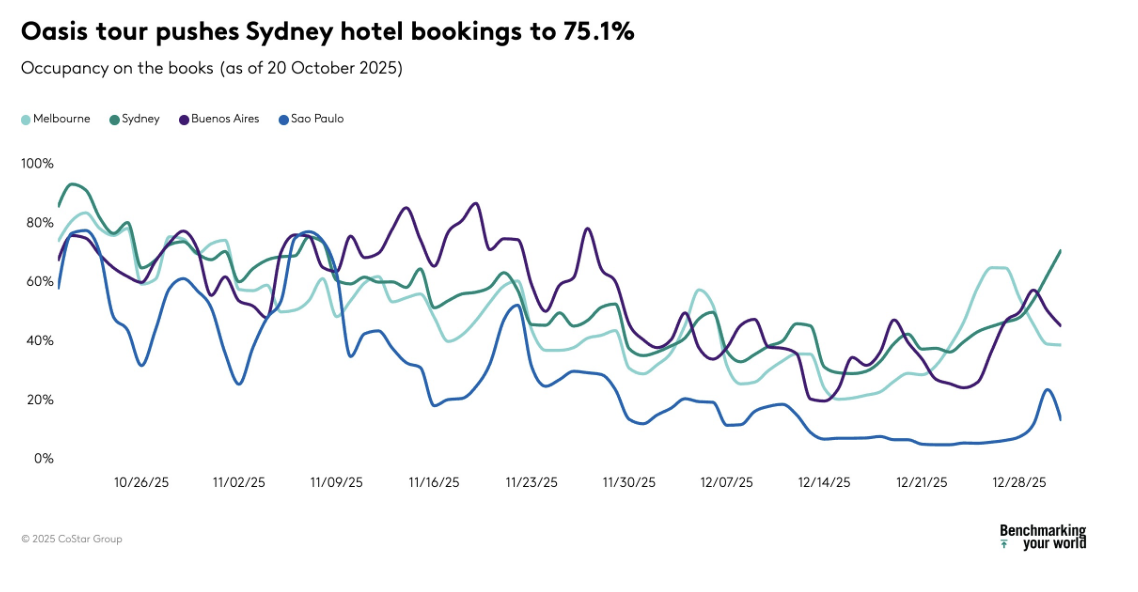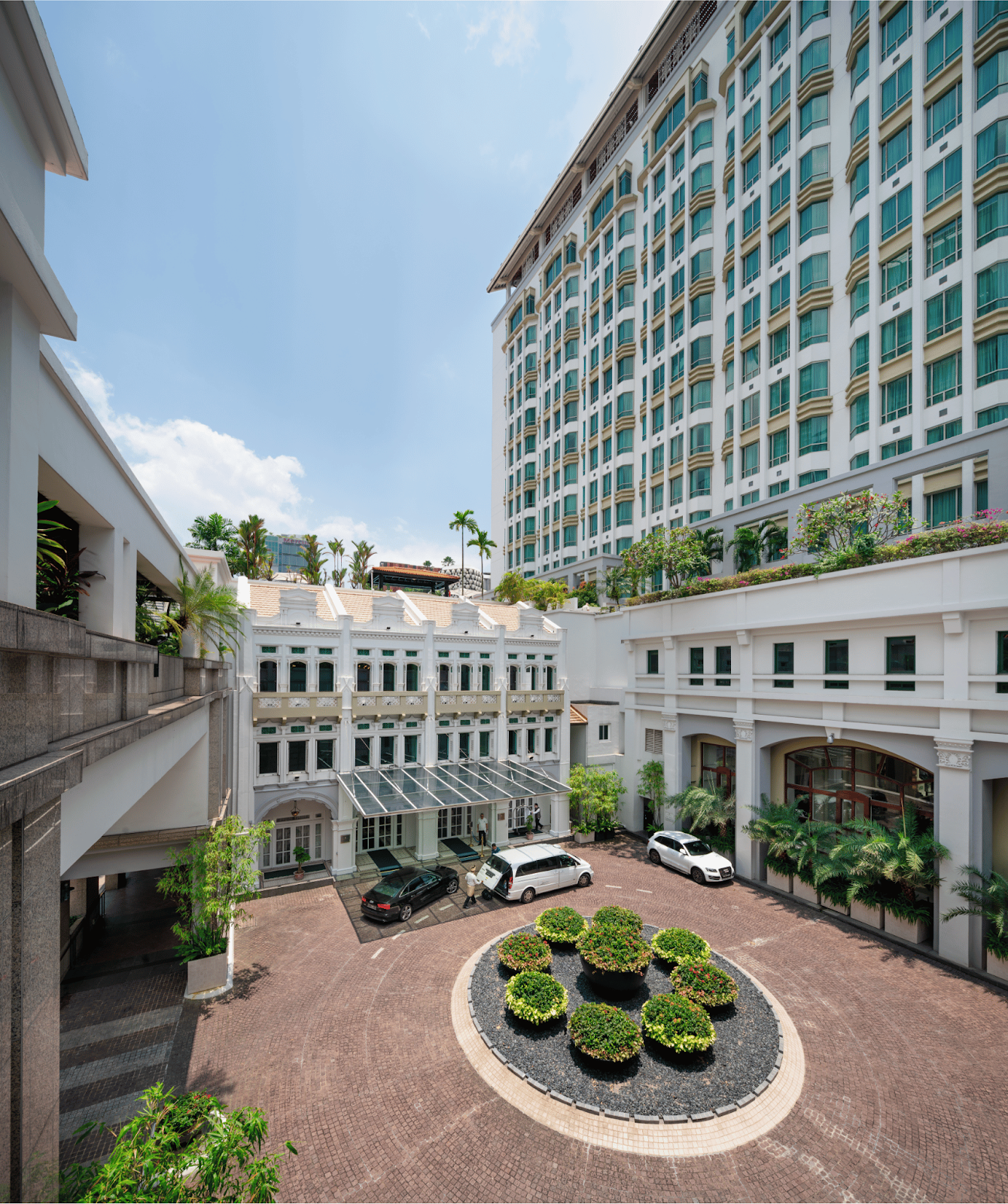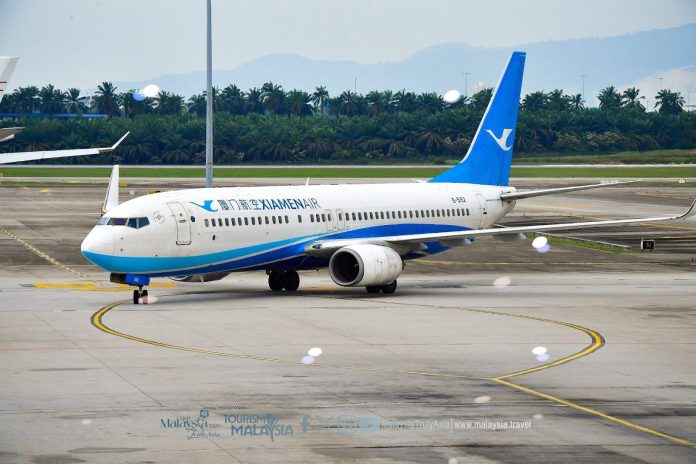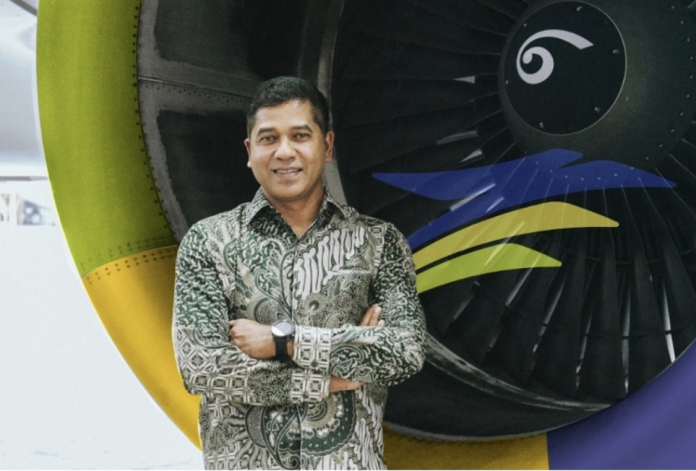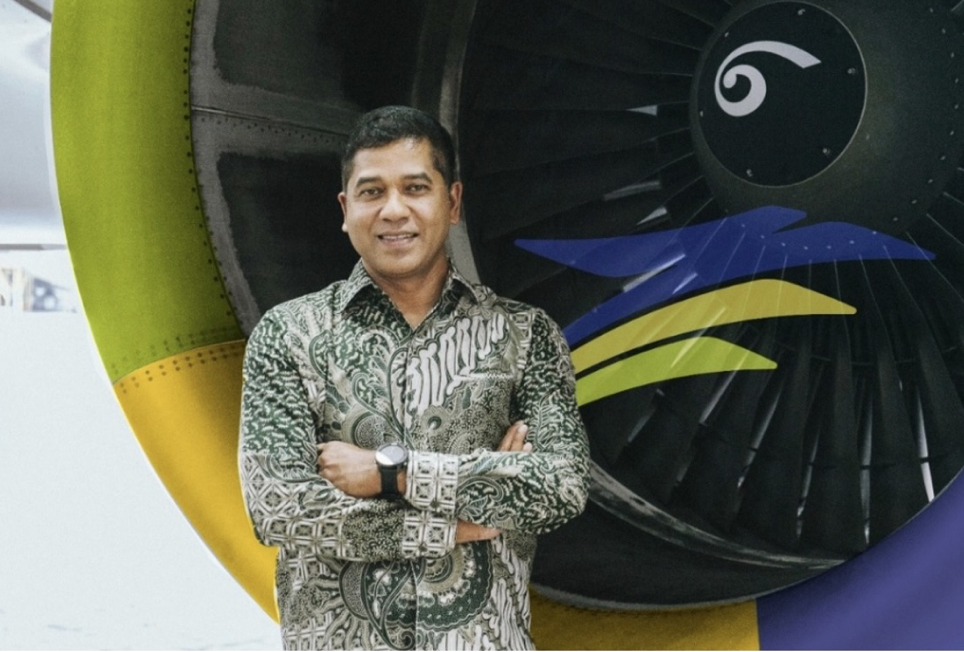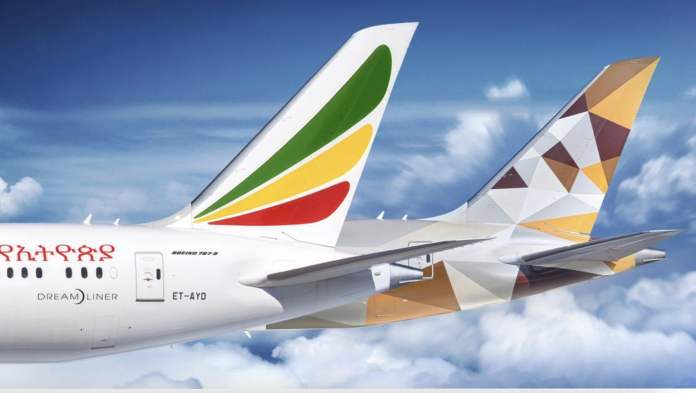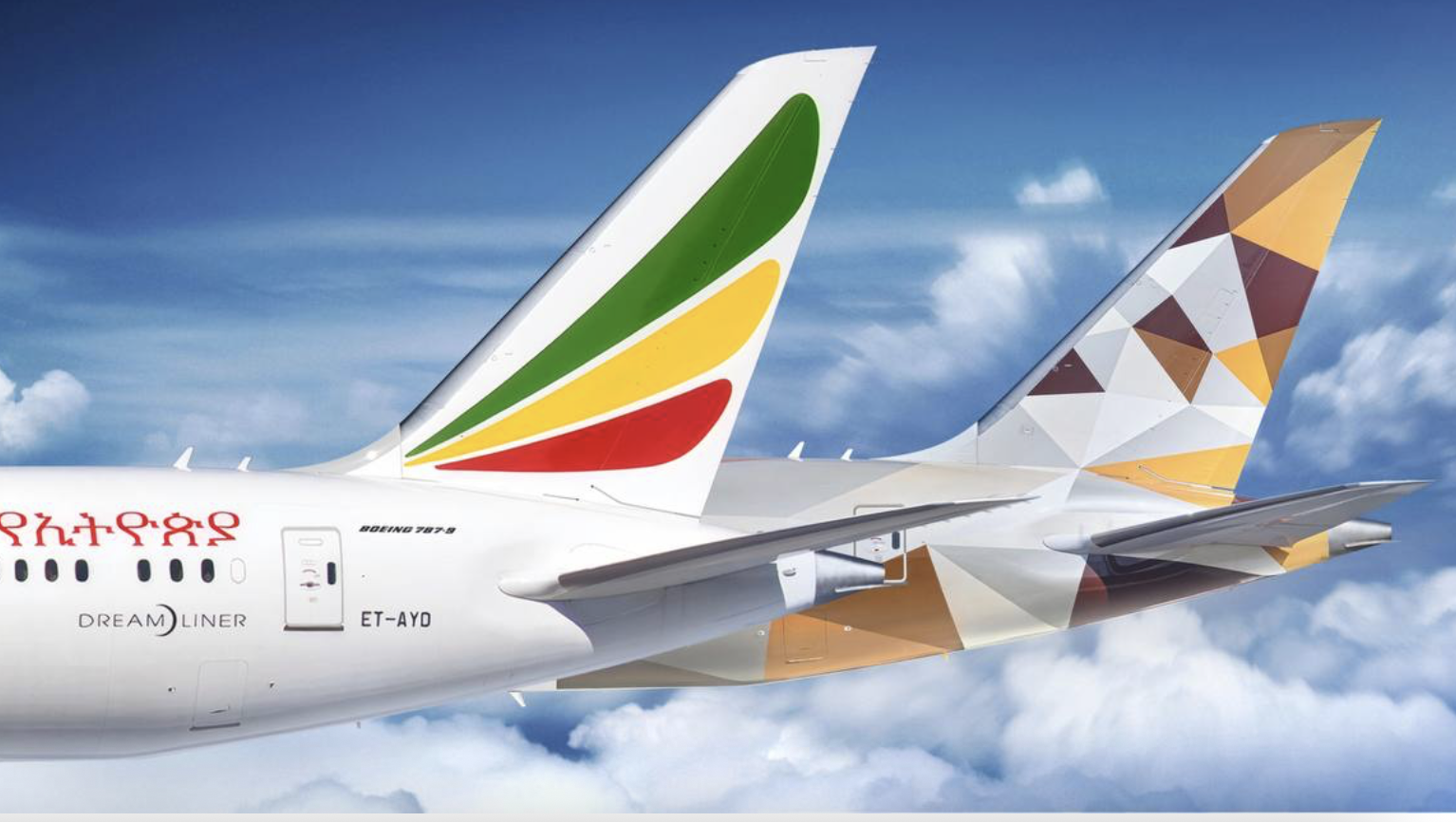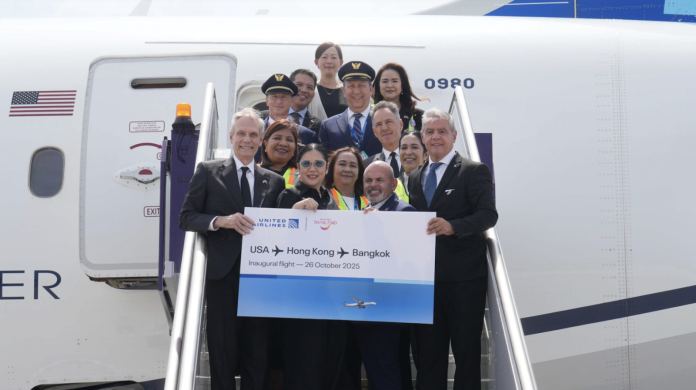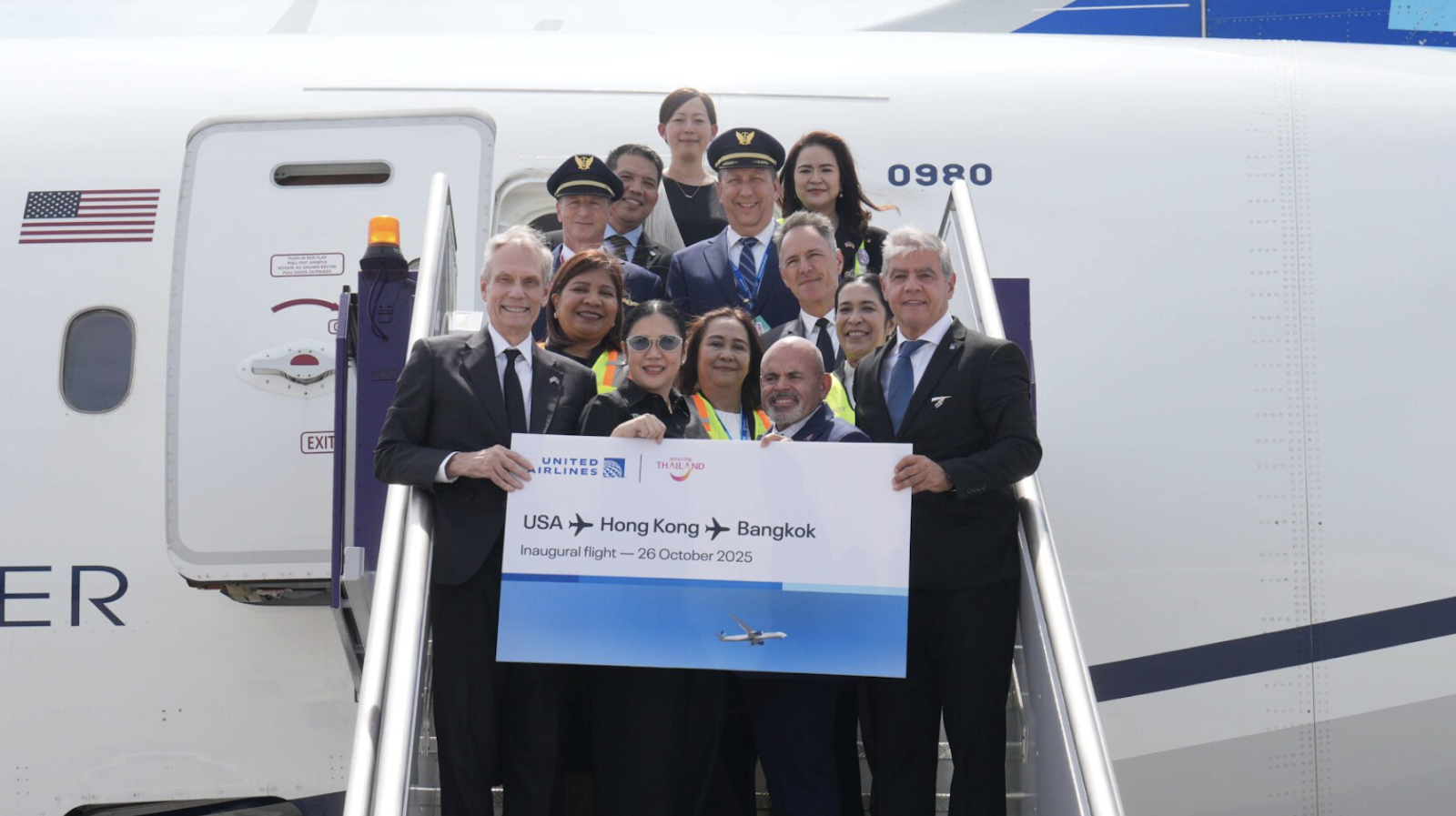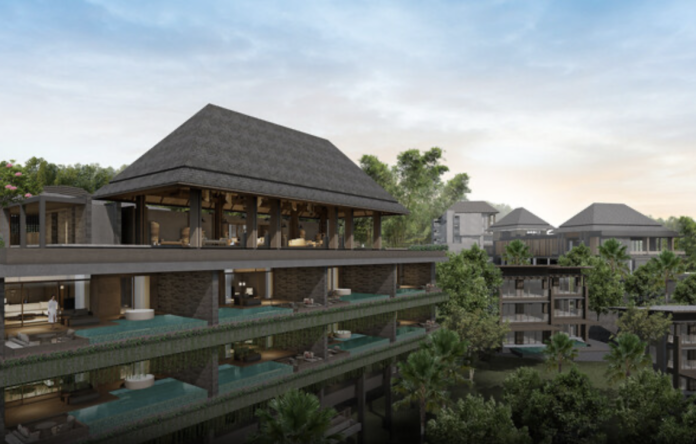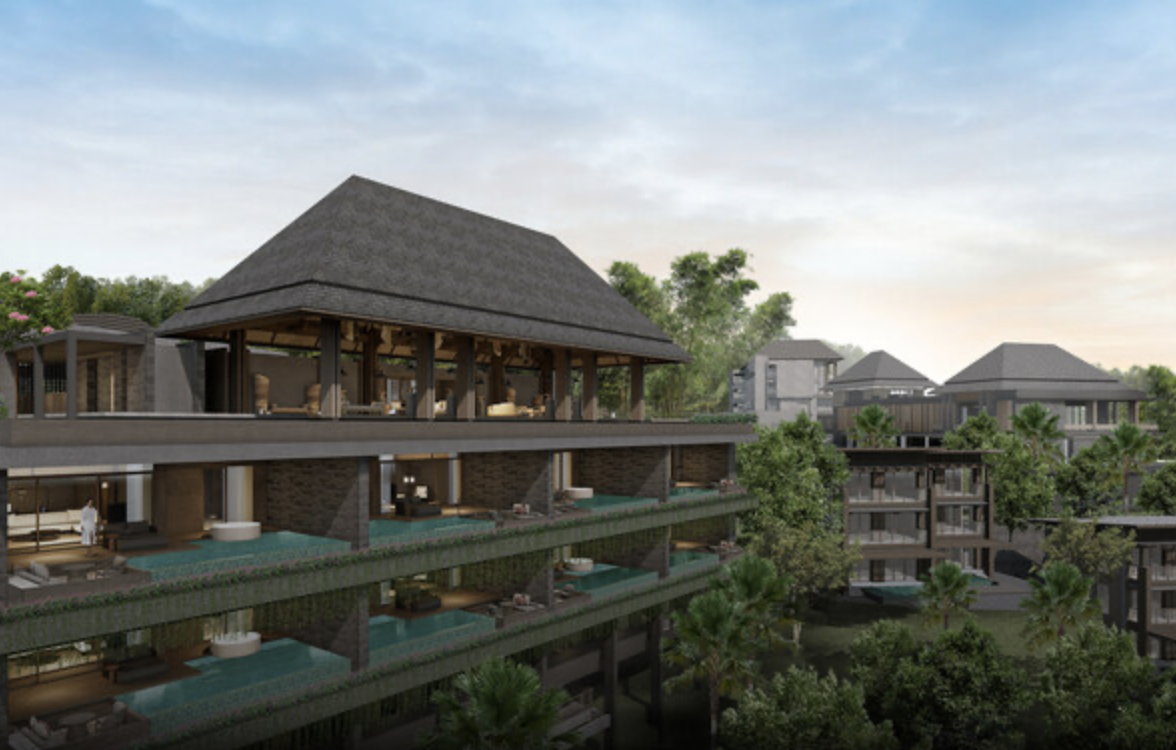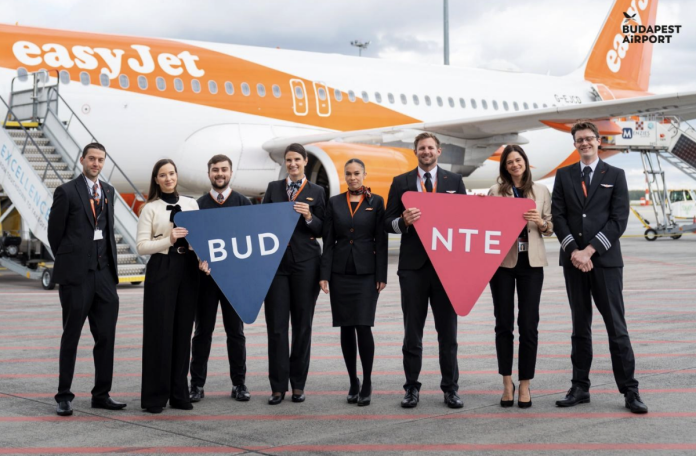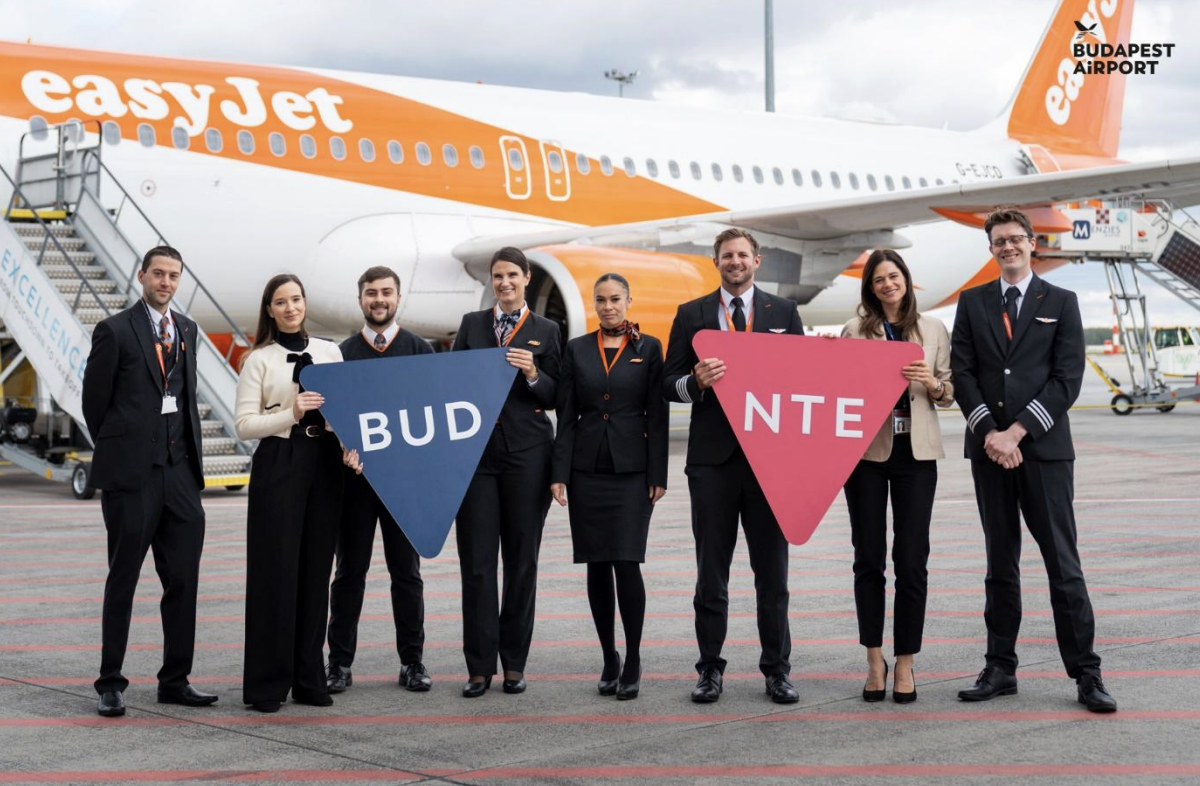PATTAYA, 30 October 2025: The excitement is back for the 8th consecutive year as Fitz Club – Racquets, Health and Fitness proudly hosts the MT700 ITF Masters Championship from 15 to 21 November 2025.
This prestigious event invites passionate tennis players aged 35 and above — from rising talents to seasoned professionals — to showcase their skills, compete for ITF world ranking points, and connect with the international tennis community in a vibrant, friendly atmosphere.
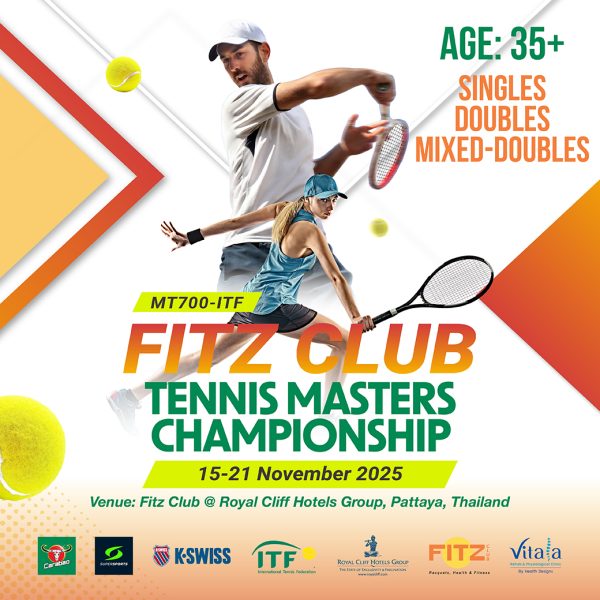
Sponsored by Supersports, K-Swiss, Carabao, and Vitala, this seven-day tournament offers a remarkable combination of competitive tennis, camaraderie, and relaxation. Both participants and spectators can look forward to first-class facilities, exquisite cuisine prepared by award-winning chefs, happy hour drink promotions, and a soothing post-match experience featuring rejuvenating massages by professional physiotherapists. Off the court, players and their families can enjoy a variety of social gatherings, including a Welcome Pool Party with live music, lucky draws, and an excellent opportunity to connect with fellow tennis enthusiasts and celebrate the true spirit of the sport in style.
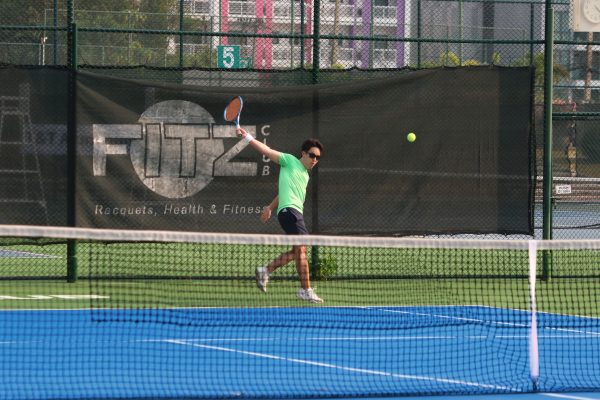
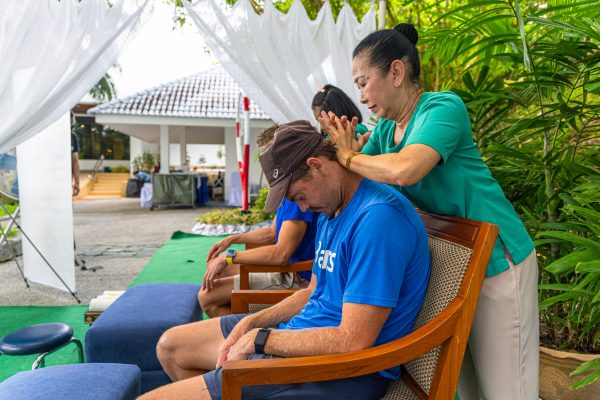
Spectators are also encouraged to join and witness thrilling matches featuring top-tier players from around the world, set against the stunning backdrop of Pattaya’s leading luxury resort. It’s a week of excitement, energy, and elegance not to be missed.
Registration is now open until 5 November 2025. To secure a place, check the details on www.royalcliff.com/itf2025 . Special room rates are available for all participants, families, and friends.
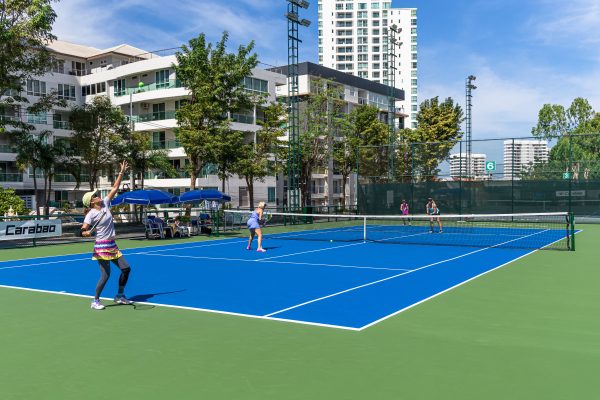
For accommodation or inquiries, contact 038 250 421 ext. 2820–24, email [email protected], or reach us via LINE ID: @Royalcliff.
Fitz Club, the elite sports centre under the Royal Cliff banner, continues to cement its reputation as a premier destination for professional and recreational athletes. Renowned past ATP players such as Nikolay Davydenko,
Mikhail Youzhny, Dmitry Tursunov, Paradorn Srichaphan, Danai Udomchoke and Denis Istomin have trained at this facility, using its courts designed to mirror the conditions of the Australian Open. Fitz Club’s rich history includes hosting a variety of sporting events, from Junior and Senior Tennis tournaments to Squash championships and Table Tennis competitions, further establishing its legacy in the world of sports. Fitz Club is excited to present new sports facilities, including pickleball, futsal, basketball and badminton.
For more information on the Royal Cliff Hotels Group and Fitz Club, visit www.royalcliff.com and www.facebook.com/fitzclub.
(Source: Your Stories — Royal Cliff Hotel Group).



